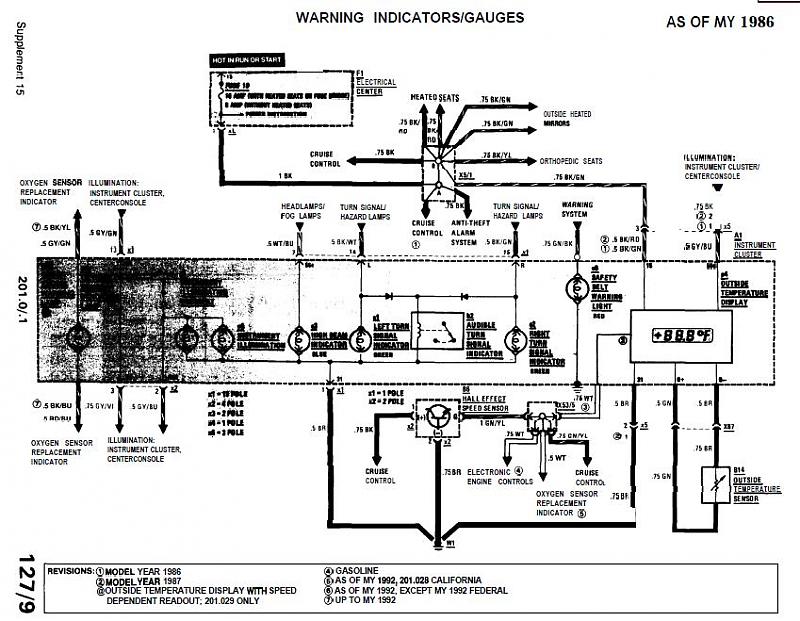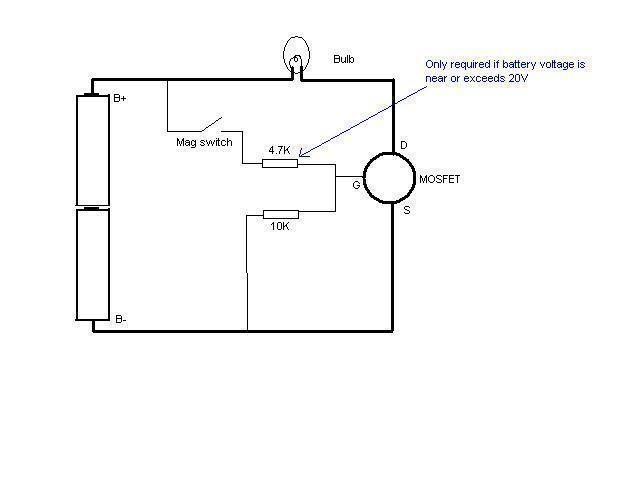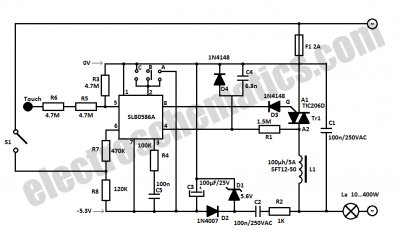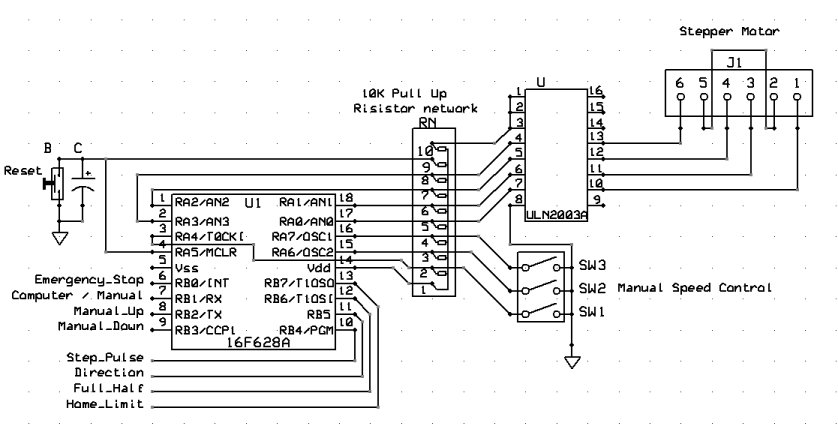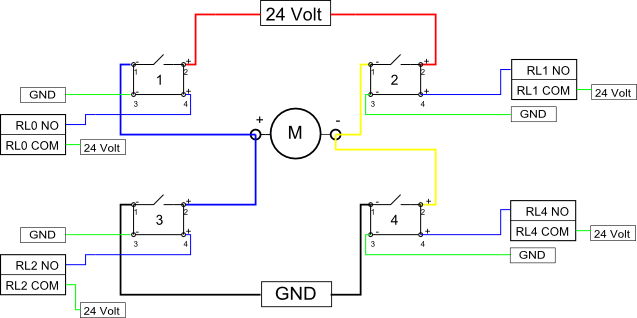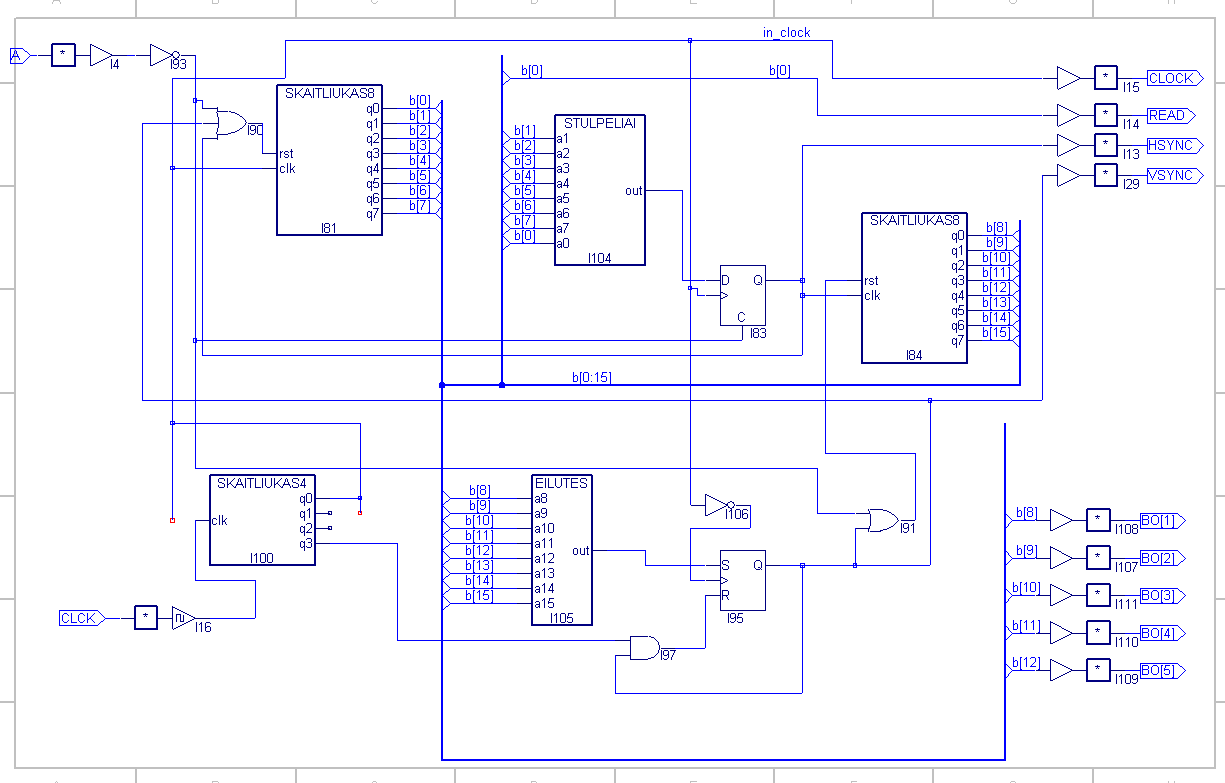
quick question about dimmers
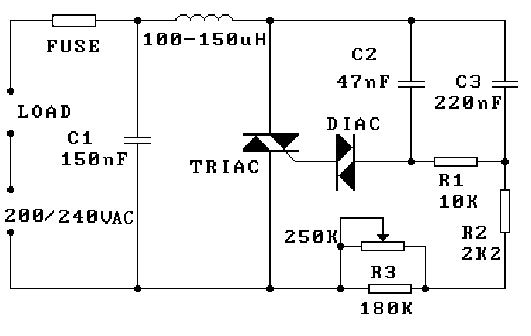
Inquiry regarding the possibility of connecting two dimmers in series to achieve precise control over the light emitted by a bulb. The objective is to attain medium to high precision in light emission for a school project. Additionally, there is a consideration of obtaining a DC power supply from a manufacturer in exchange for advertising, along with the intention to provide literature for students. There is also mention of inverters for solar systems as a potential advertising opportunity, pending approval from the school. The dimmers previously used have demonstrated good precision, and it is suggested that if more precision is needed, a second potentiometer could be added in series with the control potentiometer, with a value approximately one-tenth that of the control potentiometer to facilitate fine adjustments.
To achieve precise control over the light output of a bulb using two dimmers in series, it is essential to understand the operational characteristics of dimmers and how they interact in a circuit configuration. Typically, dimmers function by adjusting the phase of the AC voltage supplied to the load, which in this case is the bulb. When connecting two dimmers in series, it is crucial to ensure that both dimmers are compatible and rated for the same voltage and current specifications.
The first dimmer can be used to set a baseline light level, while the second dimmer can provide finer adjustments. This configuration allows for greater flexibility in controlling the brightness of the bulb. However, it is important to note that the total power rating of the two dimmers combined should not exceed the power rating of the bulb or the circuit.
For enhanced precision, the suggestion to include a second potentiometer in series with the control potentiometer is valid. This additional potentiometer, with a resistance value approximately one-tenth that of the main control potentiometer, functions as a vernier adjustment. This setup allows for minute adjustments to the overall brightness, providing a more refined control mechanism for the light output.
When implementing this configuration, careful consideration must be given to the wiring and connections to avoid any potential issues such as voltage drop or phase interference between the two dimmers. It is advisable to use quality components and ensure that all connections are secure and insulated to prevent any electrical hazards.
Furthermore, in the context of the school project, obtaining a DC power supply from a manufacturer in exchange for advertising could be beneficial. It would provide a stable power source for the project while also establishing a partnership that could enhance educational resources. Manufacturers that produce inverters for solar systems could also be approached for collaboration, as their products align with sustainability initiatives and could be relevant to the project objectives.
In summary, connecting two dimmers in series can provide enhanced control over light emission, and incorporating an additional potentiometer can further refine this control. Careful consideration of component specifications and circuit design will ensure a successful implementation for the school project.I want to know if I can connect 2 dimmers in series to control more preciselly the light of a bulb. I want to get a medium/high precission of light emission, for a school project. I wonder if you can get a manufacturer to lend you a DC power supply in exchange for advertising for them. Have literature available for your students. is one such comp any. They also make inverters for solar systems and that would be good advertising for them. make sure it is OK with the school. They are very nice supplies. The dimmers I`ve used have very good precision. If you need more, add a second pot in series with the control pot with a value of about 1/10th of the control pot`s. That will give a vernier type adjustment. 🔗 External reference
To achieve precise control over the light output of a bulb using two dimmers in series, it is essential to understand the operational characteristics of dimmers and how they interact in a circuit configuration. Typically, dimmers function by adjusting the phase of the AC voltage supplied to the load, which in this case is the bulb. When connecting two dimmers in series, it is crucial to ensure that both dimmers are compatible and rated for the same voltage and current specifications.
The first dimmer can be used to set a baseline light level, while the second dimmer can provide finer adjustments. This configuration allows for greater flexibility in controlling the brightness of the bulb. However, it is important to note that the total power rating of the two dimmers combined should not exceed the power rating of the bulb or the circuit.
For enhanced precision, the suggestion to include a second potentiometer in series with the control potentiometer is valid. This additional potentiometer, with a resistance value approximately one-tenth that of the main control potentiometer, functions as a vernier adjustment. This setup allows for minute adjustments to the overall brightness, providing a more refined control mechanism for the light output.
When implementing this configuration, careful consideration must be given to the wiring and connections to avoid any potential issues such as voltage drop or phase interference between the two dimmers. It is advisable to use quality components and ensure that all connections are secure and insulated to prevent any electrical hazards.
Furthermore, in the context of the school project, obtaining a DC power supply from a manufacturer in exchange for advertising could be beneficial. It would provide a stable power source for the project while also establishing a partnership that could enhance educational resources. Manufacturers that produce inverters for solar systems could also be approached for collaboration, as their products align with sustainability initiatives and could be relevant to the project objectives.
In summary, connecting two dimmers in series can provide enhanced control over light emission, and incorporating an additional potentiometer can further refine this control. Careful consideration of component specifications and circuit design will ensure a successful implementation for the school project.I want to know if I can connect 2 dimmers in series to control more preciselly the light of a bulb. I want to get a medium/high precission of light emission, for a school project. I wonder if you can get a manufacturer to lend you a DC power supply in exchange for advertising for them. Have literature available for your students. is one such comp any. They also make inverters for solar systems and that would be good advertising for them. make sure it is OK with the school. They are very nice supplies. The dimmers I`ve used have very good precision. If you need more, add a second pot in series with the control pot with a value of about 1/10th of the control pot`s. That will give a vernier type adjustment. 🔗 External reference
